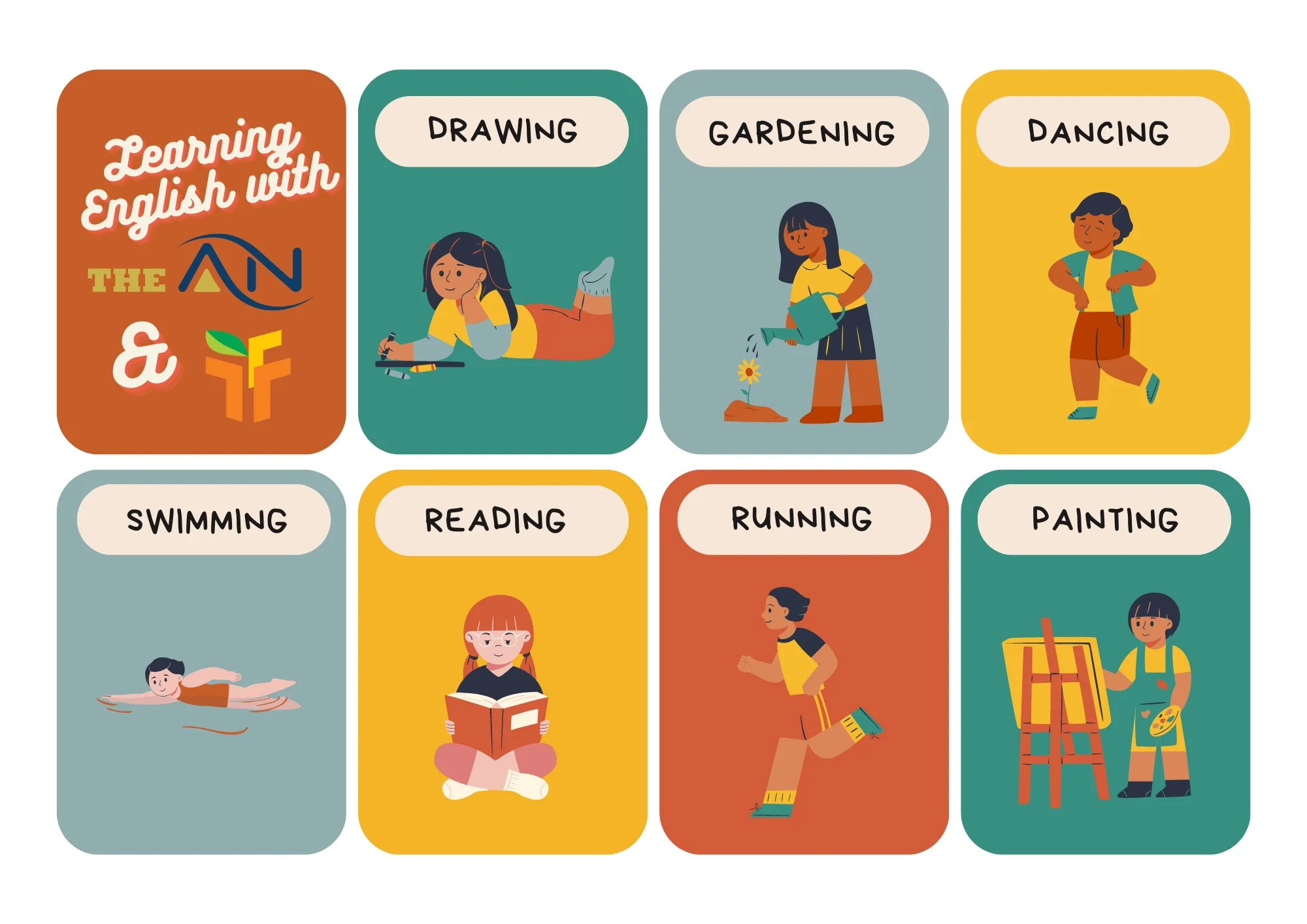Adverbs of Place – Definition, List and Examples

In the world of English grammar, adverbs of place specify where something happens. Basically, it can be used to describe a place, a direction, or a place in relation to something else. If you’re looking for a detailed guide to adverbs of place, in this article we’ll look at how adverbs of place work, with all the definitions and examples.
Adverbs of Manner describe how we do something some describe how often we do something (adverbs of frequency), and others describe when we do something (adverbs of time). When we want to say where something happens, we use adverbs of place. What are they and where do they go in a sentence?
Table of Content
- What Is an Adverb of Place?
- Examples of Adverbs of the Place
- Some Examples of Adverbs of the Place Include
- List of Commonly used Adverbs of Place
What Is an Adverb of Place?
The Adverbs of place are generally used to provide information about the action by telling us where things happen. Adverbs telling the locations of the action are defined as adverbs of place. In this article, we will explore how adverbs of place work, the meaning of Adverbs, the definition of Adverbs, and examples of Adverbs.
Definition of Adverb of Place
An adverb of place is a word that describes the location or direction of an action. It specifies where something is happening or where something is located. Adverbs of place can be used to describe the location of a person or object or to describe the direction in which an action is taking place. Adverbs of place can be used to provide more information about the verb in a sentence.
Examples of Adverbs of the Place
- She is standing here. (describes the location of the person)
- The cat is hiding under the bed. (describes the location of the object)
- He went inside the house. (describes the direction in which the action is taking place)
Adverbs of place are often used to answer the question “Where?” They can be placed anywhere in a sentence, but are most commonly found after the verb or after the object of the verb.
For example:
- The cat is hiding under the bed. (adverb of place comes after the verb)
- He went inside the house. (adverb of place comes after the object of the verb)
- She is standing here. (adverb of place comes after the verb)
Some Examples of Adverbs of the Place Include
- Here: in or at this place
- There: in or at that place
- Everywhere: in or to every place
- Nowhere: in or to no place
- Upstairs: on a higher floor of a building
- Downstairs: on a lower floor of a building
- Outside: on or to the outside of a building or area
- Inside: on or to the inside of a building or area
Here are some sentences using adverbs of place
- He walked swiftly outside.
- She placed the book carefully on the shelf.
- The dog ran wildly through the park.
- They sat quietly in the corner.
- The package was delivered promptly at 10 am.
- He looked around nervously before entering the room.
- She danced gracefully across the stage.
- The cars drove smoothly on the highway.
- They spoke softly so as not to disturb anyone.
- The bird flew effortlessly in the sky.
- He searched frantically for his keys.
- She talked loudly on her phone.
- The children played happily in the playground.
- They worked diligently on their project.
- The rain fell gently on the flowers.
- He swam confidently in the pool.
- She walked casually down the street.
- The wind blew strongly through the trees.
- They slept soundly through the night.
- The boat sailed smoothly on the lake.
- He ran wildly through the forest.
- She whispered secrets in my ear.
- The dog barked loudly at the mailman.
- They waited patiently for the bus.
- The plane landed safely at the airport.
- He drove carefully on the icy roads.
- She sang beautifully at the concert.
- The children played excitedly in the snow.
- They worked hard on their homework.
- The flowers bloomed brightly in the garden.
- He jumped joyfully in the puddles.
- She walked slowly through the museum.
- The train arrived punctually at the station.
- They read attentively in the library.
- The sun shone brightly in the sky.
- He swam vigorously in the ocean.
- She spoke clearly in the meeting.
- The students listened attentively in class.
- They climbed cautiously up the mountain.
- The leaves rustled gently in the breeze.
- He walked briskly to work.
- She danced energetically at the party.
- The children played noisily in the backyard.
- They worked efficiently on the project.
- The water flowed peacefully in the stream.
- He rode his bike confidently on the trail.
- She walked determinedly to her destination.
- The storm raged fiercely outside.
- They slept peacefully through the storm.
- The stars twinkled brilliantly in the sky.
List of Commonly used Adverbs of Place
| Examples of Commonly used Adverbs of Place | ||
|---|---|---|
| above | beneath | everywhere |
| across | beside | nowhere |
| anywhere | between | upstairs |
| here | beyond | downstairs |
| near | in | ahead |
| there | into | behind |
| nearby | on | Eastwards |
| far | onto | Backward |
| around | to | Northwards |
| behind | toward | Around |
Conclusion
So, Adverbs of place are the words that tell us where we are, convey distance, where about something else, and ultimately, words that inform us about the direction. Regular usage will help in better holding and understanding of Adverbs of place. Solve the Practice Questions to gain more knowledge about Adverbs of Place.
Test Your Understanding of Adverbs of Place
Here are a few questions to test your understanding of adverbs of place:
1. Which of the following is an adverb of place?
a) quickly
b) near
c) always
d) yesterday
2. Where is the adverb of place usually placed in a sentence?
a) before the verb
b) after the verb
c) before the subject
d) after the object
3. Which of the following sentences uses an adverb of place?
a) He ate his lunch quickly.
b) She walked to the store.
c) They arrived early.
d) He slept through the night.
4. Which of the following is NOT an adverb of place?
a) below
b) up
c) fast
d) in
5. Which of the following sentences does NOT use an adverb of place?
a) She looked for her phone everywhere.
b) The cat is hiding under the bed.
c) He went inside the house.
d) The car drove down the street.
Answers:
1. b
2. b
3. b
4. c
5. c
FAQs on Adverbs of Place
Adverbs of place are words that describe the location or direction of an action. They specify where something is happening or where something is located. Adverbs of place can be used to describe the location of a person or object or to describe the direction in which an action is taking place.
Adverbs of place can be placed anywhere in a sentence, but are most commonly found after the verb or after the object of the verb. For example: “She is standing here” (adverb of place comes after the verb), “He went inside the house” (adverb of place comes after the object of the verb).
Yes, adverbs of place can be used to describe the destination or direction of movement. For example: “She walked to the store” (describes the destination of the movement), “He went inside the house” (describes the direction of the movement). Adverbs of place can also be used to describe the location or direction of a moving object or person.
Some common adverbs of the place include: here, there, upstairs, downstairs, inside, outside, above, across, anywhere, near, throughout, under, up, down, nearby, far, around, behind, beneath, beside, between, beyond, in, into, on, onto, to, and toward.
Yes, adverbs of place are often used to answer the question “Where?” They provide information about the location or direction of an action.
Quý anh/chị đang tìm kiếm một doanh nghiệp uy tín cung cấp dịch vụ Công Nghệ Thông Tin như Thiết kế và lập trình website, Digital Marketing, hoặc dịch vụ Bảo trì và chăm sóc hệ thống máy tính, ...? Đừng ngần ngại hãy liên hệ với The ÂN qua số điện thoại (+84).326.418.478 để được tư vấn cụ thể, hoặc liên hệ qua mẫu tin.
Các thông tin nổi bật khác:









